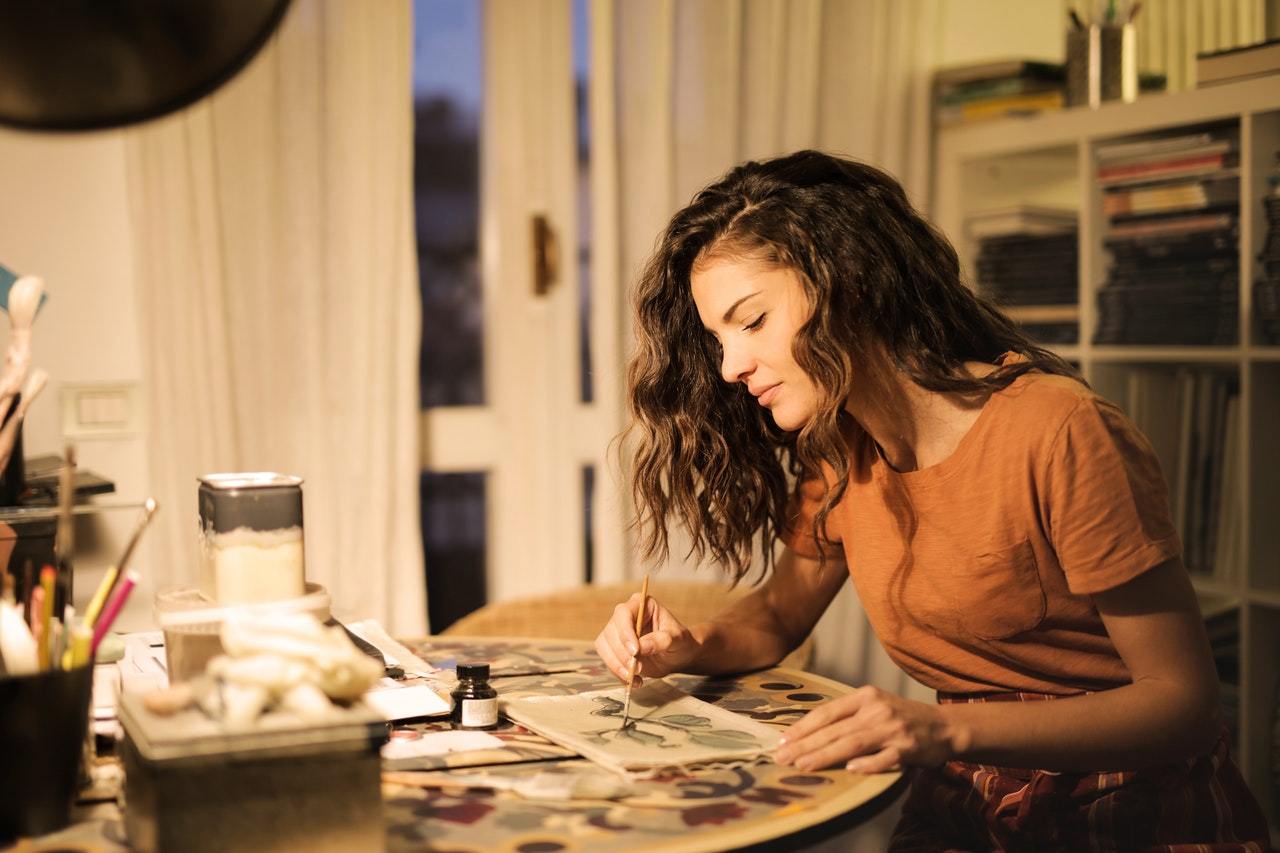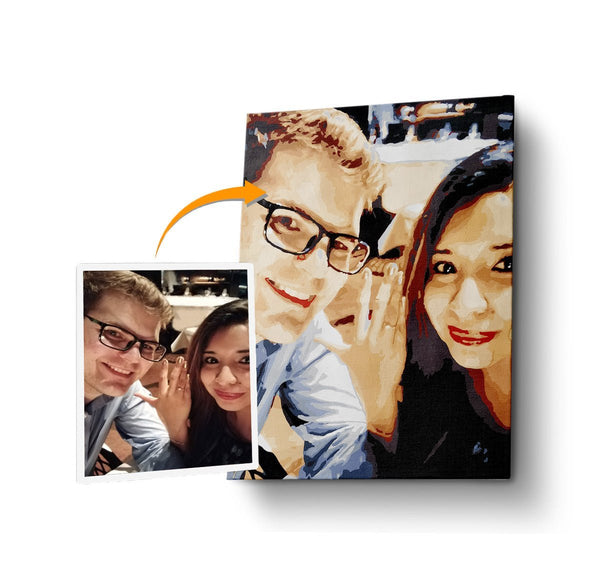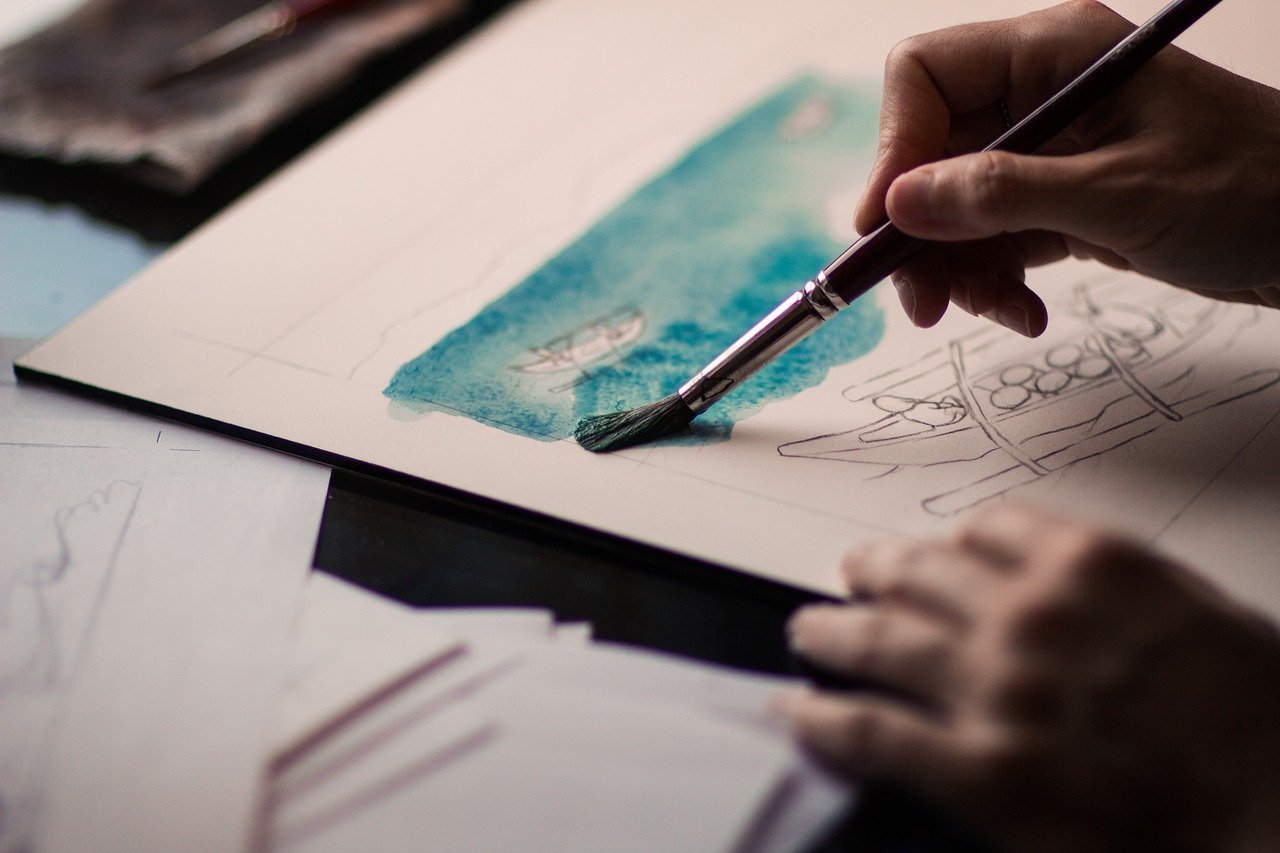
Painting: The Do’s and Don'ts for Beginners
Ever wondered what’s the proper way of painting? How to choose the right painting materials? How does color theory work? Well, you’ve come to the right place because this article has got you covered! Have a quick read of the basic do’s and don’ts for beginners before starting off your next art project.

Art, particularly painting, is a wonderful opportunity to express your thoughts and ideas through visuals. As beginners, we may have set a standard for ourselves to do good and create something that people will like, so it can be difficult at times. There are really no rules when it comes to painting. There are actually quite a few but you have the freedom to bend those rules and experiment.
The Basic Do’s and Don’ts for Beginners:
WHEN BUYING ART SUPPLIES…

-
DO NOT invest in really expensive art materials at first:
When you’re only starting out, we don’t recommend you buy really expensive art supplies. The beginning process of your painting journey is the stage where you experiment with your taste and preferences like whether you prefer acrylic paint over gouache or oil paint, etc. Moreover, this is also the stage where you will need to constantly practice in order to improve your skills so it’s fine to start out with cheaper supplies.
Once you get the hang of it, then you can start buying more expensive art materials.
-
DO NOT buy art materials that are below quality:
Just because we discussed that it’s not practical to buy really expensive art materials doesn’t mean that you should stick to cheap, low-grade art materials. You just need to be wise when buying art materials since you cannot do much with low-quality art supplies. As an alternative, you can opt for professional artist kits: they’re affordable, come with almost complete supplies, and most (if not all) are in very good quality.
-
DO start small and select what works for you:
You don’t need to buy a piece of everything that you see in the supplies store. You only have to purchase the basics based on your preference. To make it easier for you, you can opt for a basic brush set, a set of pigments, etc.
A short guide for choosing the right paint for you:
- Acrylic paint- highly recommended for beginners. Easy to work with and very versatile and pigmented. Good for any stable surface like canvasses or watercolor paper.
- Oil paint- has a good consistency, pigment and has a glossy finish. Slow to dry which can be an artist’s advantage since it gives the artist the chance to blend in the colors properly.
- Watercolor- harder to work with compared to acrylics and oil-based paints since water is hard to tame and dries up pretty quickly. Only used for a select set of paper surfaces, ideally watercolor papers.
- Gouache- typically used on papers, gouache is another type of watercolor which is more expensive but has a better pigment quality with a matte finish when dry.
- Encaustic- referred to as “hot wax painting” because this paint consists of heated beeswax with pigments added in. It is typically used on rigid and heat-resistant surfaces like wood.

WHEN STARTING TO PAINT…

-
DO prepare your workplace:
It is important to find an area that is well-lit with minimal to no distractions so that you can concentrate on your art. For beginners, it is a matter of preference regarding the surface that you want to work on - an easel is optional, but you can simply work on the table or even on the floor (make sure it’s clean). Moreover, it is advised that you should cover your table/floor with old newspapers so that you won’t have a hard time cleaning spilled paint.
-
DO prepare all the materials that you’ll use before you begin painting:
This should be common knowledge for painters. Preparing all the materials you need offers a great advantage since it can help you concentrate better as you can be doing your art without any intervals.
A short guide on what you should prepare before painting:
- When using a canvas, it’s better to buy a pre-stretched canvas for beginners. Make sure to prime it ahead of time.
- Prepare all the brushes you’ll need. You don’t want to stand up and interrupt your stream of creativity because you forgot to grab one of your brushes from where you stock your art supplies.
- Prepare a large cup of water. This is necessary when switching colors.
- Grab some tissue paper or an absorbent sponge. This will help you in cleaning the brushes when you switch colors.

3. DO an underpainting:
Though this is more of a preference, a lot of artists suggest you do an
underpainting if you want to have more realistic and defined color tones.
What is underpainting?
Underpainting is the initial application of paint which serves as a tonal foundation and base for the subsequent layers. For this layer, most artists use monochromatic layers such as brown, black, white, and yellow ochre.
WHEN PAINTING…
-
DO use appropriate brushes:
Different brushes work differently from one another and they have specific uses as well. Moreover, choose brushes that are made for the medium that you're planning to use. When using acrylic or oil paint, it is better to use brushes with dense bristles and longer handles. While with watercolor and gouache, you need to work with soft and delicate brushes.
-
DO NOT be afraid to experiment:
As mentioned, there are really no rules when it comes to painting so this is the time for you to trust your instincts by experimenting with different mediums, using different textures, blending different color tones and so much more.
-
DO study the color theory:
If you aim for a realistic tone of colors, studying the color theory would be a great help. Color theory is the foundation of painting, so as a beginner, it is important to study it. There are plenty of sites on the internet that can give you ideas about color mixing and such, but most importantly, you can learn this by experimenting with colors.
-
DO NOT be discouraged with creative blocks and mistakes:
Creative blocks happen even to great painters so do not be discouraged when that happens. The best way to defeat it? By finding inspiration outside. It can be anywhere or you can even look from online sources and find your inspiration from them. As beginners (even when you’re a pro), mistakes will happen often. Use your mistakes as a guide for learning and don’t let it stop you from painting. Moreover, just keep on practicing.
AFTER PAINTING…

-
DO dry your finished artwork in a safe area:
If you don’t want your artwork to get ruined, make sure to place it in an area where it can dry properly.
-
DO seal your canvas:
If you want your canvas painting to last long, use a varnish to seal. Make sure that your artwork is completely dry before doing this step.
Key Insights
Now that you’ve learned the basic do’s and don’ts for beginners for painting, it’s time for you to grab your art supplies and start painting! Just remember that art allows you to have creative freedom in your control, so don’t be afraid to experiment and always have fun.




